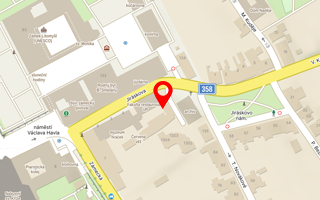Publikace detail
Porosity and Specific Surface Area of Roman Cement Pastes.
Autoři:
Tišlová Renata
Rok: 2009
Druh publikace: článek v odborném periodiku
Název zdroje: Cement and Concrete Research
Název nakladatele: Elsevier
Místo vydání: Kidlington
Strana od-do: 950-956
